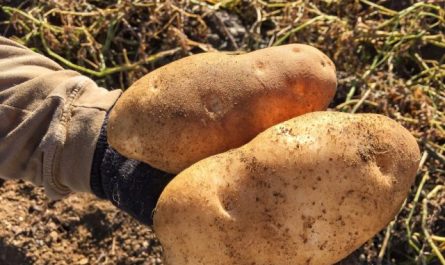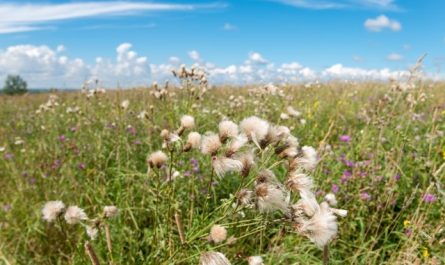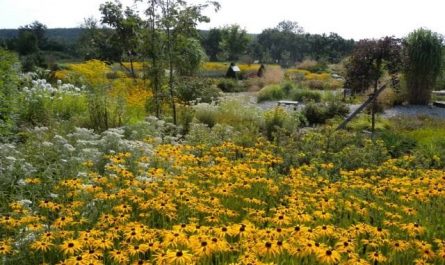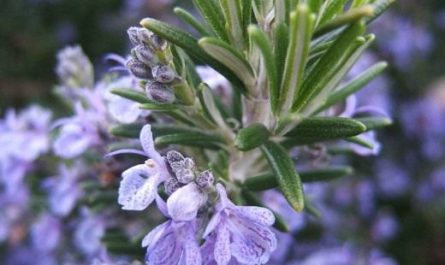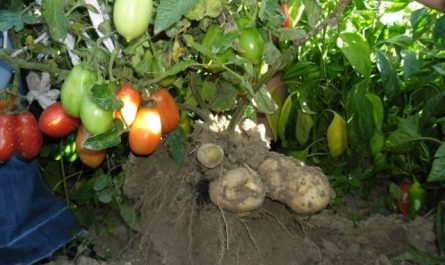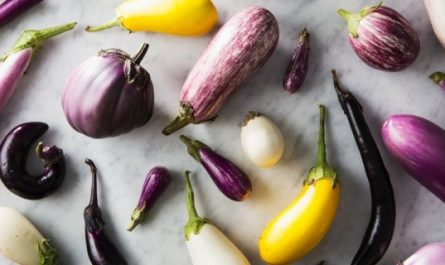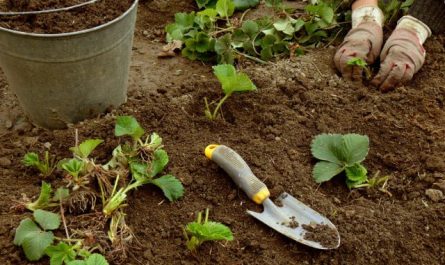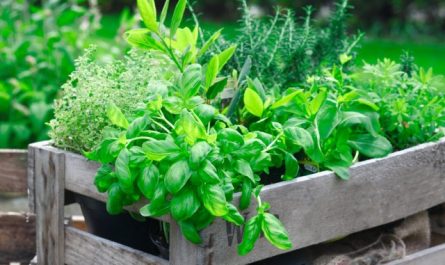Arugula is a real star of modern cuisine. From a favorite ingredient of restaurant salads, it is gradually turning into a familiar and obligatory inhabitant of our beds. Varieties of annual arugula with different shades of taste and texture are upsetting with only one thing – the need to carry out new sowings every year. It is not surprising that when perennial arugula appeared on the shelves among the seeds, so many gardeners breathed a sigh of relief. Almost identical in taste, much more convenient to grow, hardy and unpretentious, perennial arugula will happily settle on the plot for many years.

Different plant, same arugula flavor
Arugula (or rucola) is more of a trade name than a full name for a favorite salad plant. Externally, the leaves and bushes of arugula are very easy to recognize – pinnately divided, elongated or lyre-shaped, with 8-10 serrated lobes on the sides. The figured leaves in a lush and dense rosette look very elegant, the stems develop only over time.
Thin, straight, often lodging and bending peduncles with loose inflorescences-brushes are rarely foliated, they are decorated with cross-shaped flowers with quickly falling petals. Plants bloom in the first year, allowing to collect a solid harvest of seeds located in thin fruits-pods in two rows (fruits are removed when they become waxy). But fruiting is rarely allowed. During flowering, the rosette is deformed, the leaves lose their taste, quickly turn yellow.
But despite all the similarities, annual and perennial arugula are different plants of the same family, Cruciferae. It is not always easy to sort out the confusion.
The fashionable garden arugula is an annual herb Eruca sativa, or Indau sativa (eruca vesicaria), also known as caterpillar, indow, Eruca, arugula, rocket, rock, arugula. Lush rosettes of slightly pubescent, thickened leaves and white, cream, pale yellow with purple veins shade of flowers in inflorescences are not the most obvious signs. Arugula-indau is distinguished by fairly large seeds, similar to black mustard, and the shape of the lowest leaves in the rosette – lyre-shaped, with a serrated edge.
Indau has several dozen varieties with different leaf shapes (even smooth lanceolate) and different shades of delicate, peppery, with a hint of mustard pungency and nuttiness of taste.
Perennial arugula, despite the wording on the seed packets, is not arugula at all from a botanical point of view. It is two-row thin-leaved (Diplotaxis tenuifolia), which is so appropriately and accurately called wild arugula. The plant is much larger and more spreading, with a gradually lodging stem, peduncles up to 70 cm, lanceolate and narrow lower leaves and much smaller, poppy-like seeds.
The inflorescences of the two-rowed arugula are almost always rich yellow. But it is easiest to rely on the taste – more intense, sharply bitter, amazingly nutty. The younger the leaves and the better the care, the more tender they are. The aroma of wild arugula gives dishes a very bright character.
Perennial arugula is suitable for salads and as a garnish no less than garden arugula. But due to its coarser texture, it can also be subjected to heat treatment – added to main dishes, soups, stews. Arugula seeds are used similarly to grain mustard – in marinating, pickling, as a piquant seasoning.
Whether to sacrifice the tenderness of the leaves for the sake of ease of cultivation or not is a decision that everyone must make according to their own taste. But the practical, and for many, more vivid taste advantages of perennial arugula are undeniable. Having planted the plants just once, you can enjoy the taste of your favorite spicy greens for many years without repeated sowing, reseeding, and special care.


Simple conditions for perennial arugula
Perennial arugula differs from the varietal annual one by its absolute unpretentiousness. It will do well in any sunny or diffusely illuminated place and with any soil moisture. Even not too loose and nutritious soil will not prevent you from enjoying the harvest of this beautiful greenery.
Of course, in ideal soil – light in texture, breathable, fertile, neutral in reaction – the two-row will surprise with green mass and tenderness, but you can sow it, in general, anywhere. The only restrictions on the possibilities of growing perennial arugula are imposed by its dislike of salt marshes, acidic soil and stagnant water.
Planting in a separate bed is just one of the options for using this plant. Perennial arugula can be planted as a border plant, used in mixed plantings with other perennial vegetables, or as a frame and base for compositions for classic seasonal crops and greens. It is ideal for mixed planting and ornamental gardens. The only plants with which it is better not to mix arugula are its cruciferous relatives. When planning crop rotation between cabbage, mustard, radish and perennial arugula, you need to wait at least 3 years.
Arugula perennial is one of the best candidates for growing healthy and vitamin-rich greens on windowsills and in containers. It is even suitable for winter growing and microgreens. The plants are less capricious and not so dependent on additional lighting. In container culture, the leaves of the two-row plant pleasantly surprise with a more delicate taste and aroma.
Standard nutrient substrate for seedlings or hydroponics are equally good. Arugula can be grown for microgreens even without soil. The only secret is constant soil moisture due to regular watering and cutting when growth slows down.

Sowing perennial arugula
Perennial arugula does not require any tricks when sowing. It is sown directly in a permanent place before winter and in early spring (the earlier, the better). Such arugula is sown superficially, lightly sprinkled with substrate, or in furrows no deeper than 2 cm, in rows or nests – at your choice. More rare sowing is needed than for annual varieties and ordinary lettuce.
The approximate distance between rows is 40-50 cm, when mixing with other crops, the distance can be halved. The main thing is to water the soil generously before sowing and not to over-compact the soil by covering the seeds.
There is no need to rush to thin out the shoots of perennial arugula. Extra, weaker plants can be removed when they form a decent “bunch” of leaves. It is acceptable to grow two-row and dense groups for greater decorativeness. Thickened plantings bloom faster, go into arrows, but if you prune regularly, then no difficulties will arise.
How to care for a two-row plant?
This is one of the plants that does not require any care at all. But minimal care will allow you to get more tender greens in much larger quantities. The taste and tenderness of the leaves of perennial arugula depend on watering: if you compensate for drought and regularly water the plant to maintain stable humidity, the leaves will grow more actively and become much more tender, but it is drought that leads to the accumulation of pungency. This arugula does not become bitter, but only more pungent and intense.
Fertilizers for perennial arugula are not carried out, except that instead of mulch you can use high-quality compost. Otherwise, standard weeding and loosening are enough for the two-row, which, as the rosettes grow, can simply be replaced with a good layer of mulch.
Perennial arugula is loved by slugs and caterpillars, which are best collected by hand. If there are signs of damage to cruciferous pests, including cabbage moth, you just need to cut off the rosettes to stimulate new growth of healthy leaves. Using chemicals on salads leads to the accumulation of toxins. Ash and biological preparations can be used as protection, but simple cutting usually helps.
Wild arugula does not require any protection for the winter. The plant continues to grow even when the first frosts come, you can enjoy the leaves until the snow. And in the spring, perennial arugula is one of the first to grow. It does not need mulching, hilling, or other types of protection.

Harvesting is all year round
Young leaves of two-row arugula are the most delicious. Arugula is usually harvested before flowering, focusing on texture and taste characteristics – while the leaves are pleasant and tender. But with perennial arugula, fruiting can be stretched out throughout the season. It grows tirelessly, simple pruning allows you to stimulate the growth of new, juicy and tasty leaves even in the middle of summer. If you grow several bushes, it is easy to cut the arugula by hand (with a knife) when flower stalks appear. If the bed is large, the arugula can simply be mowed down.
If indau or garden arugula is harvested when the leaves reach a length of about 10 cm and stored for no longer than 1 week in a cold place, then perennial arugula can last longer than 2 weeks, and it can be harvested both when the leaves are very small and when they are already old.

